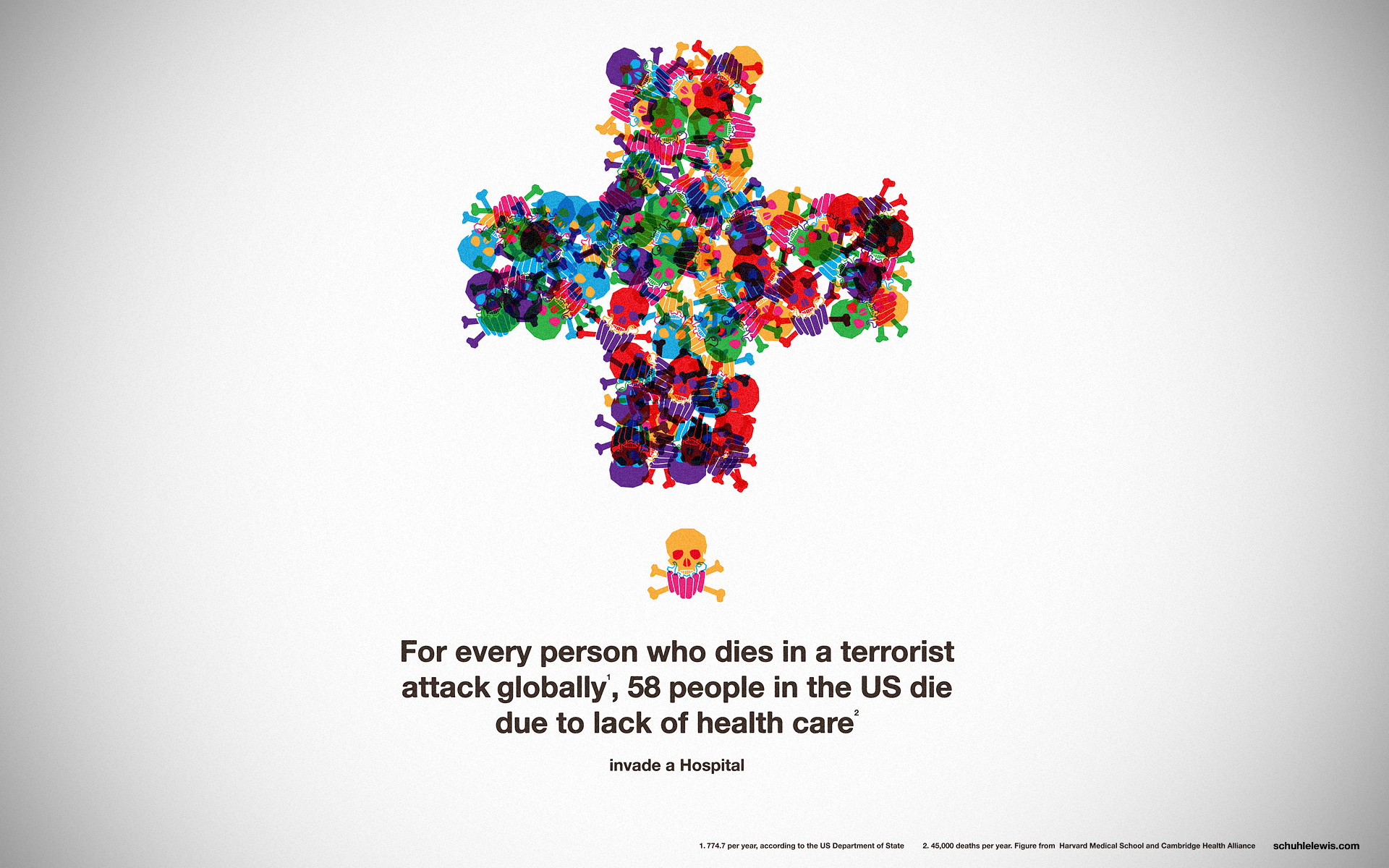English notice: This post is a part of the “Israeli Sphere: Connection Theory” a workshop I lead in Bezalel Art and Design School in Jerusalem, Israel. The workshop will be led in Hebrew, but I will try to post its results here with some English to accompany it too. Here’s a short description in English:
The Israeli Sphere: Connection Theory
1948, The water level in the sea of Galilee, Bublil, Shema Yisrael, what’s the connection?
Through a design-research workshop we will place information bits lost inside the web of the “Israeli sphere” in an attempt to find out, where is this Israel sphere anyway? How to design inside it? Towards it? From it? Students will work in small groups and will conduct a networked research following cultural, logical and visual connections. The work methodology will be divided into three steps: Content, Structure & Presentation, inspired by new approaches of indexing, linking and delivering information online. In spite of the networked inspiration and practice, the output of the workshop is not limited to this medium or the other and the workshop is open to students from different disciplines as long as they are ready to work hard, sleep little and experiment with this new and challenging process.
תיאור הסדנה
1948, מפלס הכנרת, בובליל, שמע ישראל… מה הקשר?
במהלך סדנת עיצוב-חוקר נמקם פיסות מידע אובדות בתוך רשת ה”מרחב הישראלי” במטרה לגלות איפה זה בכלל המרחב הישראלי הזה? כיצד מעצבים בתוכו? לתוכו? מתוכו? סטודנטים יעבדו בקבוצות קטנות וינהלו מחקר מרושת בעקבות הקשרים תרבותיים, לוגיים וחזותיים. מתודולוגיית העבודה תחולק לשלושה שלבים: תוכן, מבנה ותצוגה בהשראה מגישות חדשות לתיוג, חיווט והגשה של מידע ברשת. על אף ההשראה והפרקטיקה המרושתת, תוצרי הסדנה אינם מוגבלים למדיום זה או אחר והסדנה פתוחה לסטודנטים מדיסיפלינות שונות כל עוד הם מוכנים לעבוד קשה, לישון מעט ולהתנסות בצורת עבודה חדשה ומאתגרת. Continue reading “סדנה בבצלאל – המרחב הישראלי: תאוריית הקשר”
Continue reading “סדנה בבצלאל – המרחב הישראלי: תאוריית הקשר”
![Rage Clicks are Microdoses of Pure Horror [Essay]](https://mushon.com/wp-content/uploads/2025/06/image-256x256.png)


